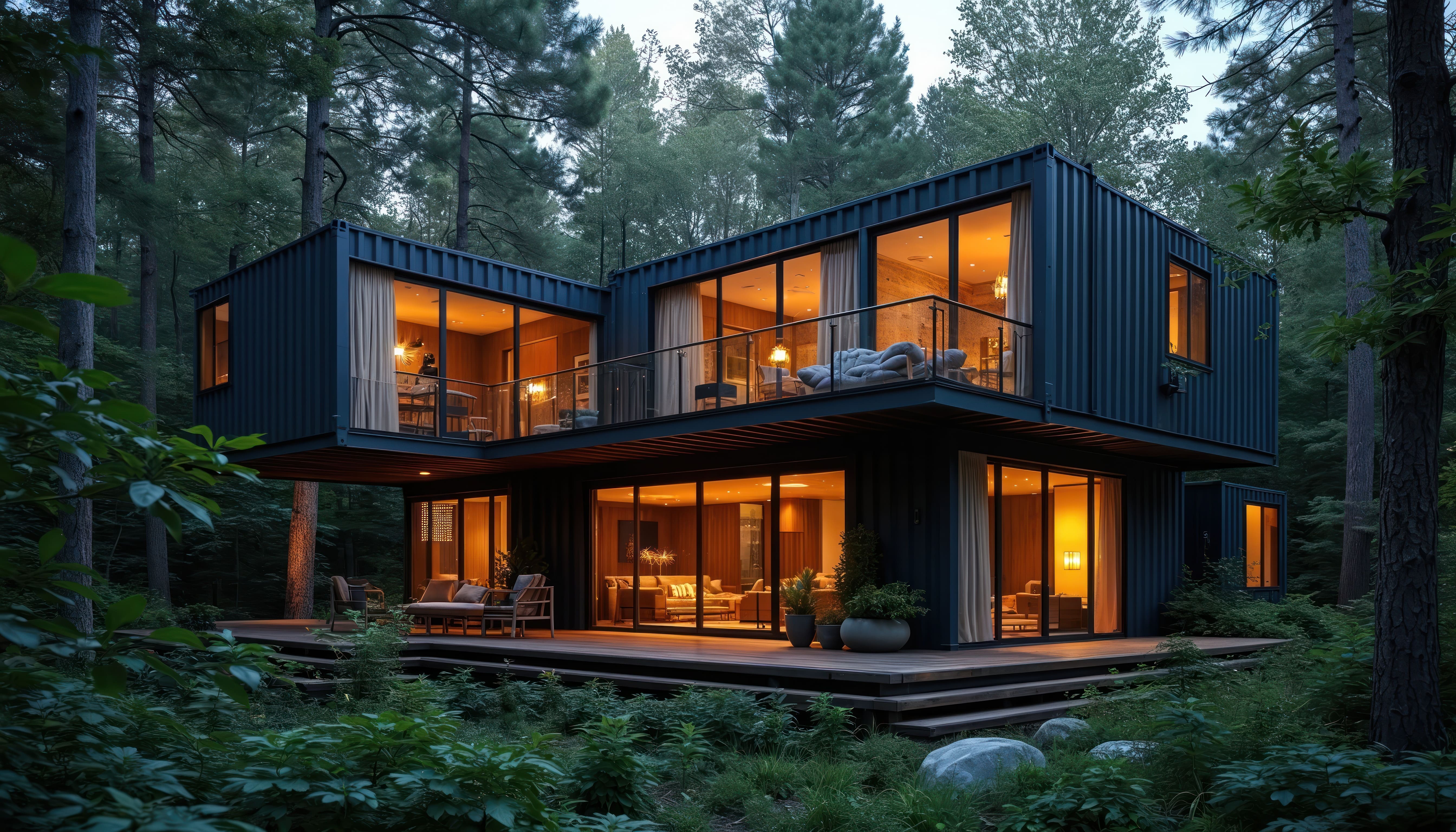Integrating Decks with Landscape Design
Tips on Integrating Deck Construction Seamlessly with Your Landscape Design
Integrating a deck into your landscape design is more than just a construction project; it's an art form. This integration requires a harmonious balance between the natural environment and the built structure, ensuring that the deck not only serves its functional purpose but also enhances the overall aesthetic of the outdoor space. This article provides insights into achieving seamless integration of decks with landscape design, focusing on key aspects such as material selection, design considerations, and sustainable practices.
Material Selection: Blending with the Natural Environment
Choosing the right materials is crucial in creating a deck that complements the existing landscape. The following points should be considered:
Natural Wood: Opting for natural wood like cedar or redwood can provide a warm, organic look that blends seamlessly with most landscapes. However, these materials require regular maintenance to retain their appearance and longevity.
Composite Decking: Composite materials offer the appearance of wood with less maintenance. Many modern composite decking options come in various colors and textures, allowing for greater customization to match the landscape.
Stone and Tile: For a more unique approach, incorporating stone or tile can create a distinct look that harmonizes with stone elements in the garden or around the property.
Design Considerations: Enhancing Landscape Features
The design of the deck should complement the landscape's natural contours and existing features. Key considerations include:
Level and Elevation: Work with the natural slope of the land. Multi-level decks can be used to navigate sloped terrains, creating dynamic, usable spaces that interact interestingly with the landscape.
Shape and Size: The deck's shape and size should be proportionate to the garden and house. Organic shapes or curves can help the deck feel more integrated with the natural environment.
Railing and Edging: Choose railing styles and materials that enhance the landscape design. Glass railings, for example, offer an unobstructed view of the garden, while wooden railings can provide a more rustic feel.
Sustainable Practices: Eco-friendly Integration
Sustainability should be a key factor in integrating decks with landscape designs. Consider the following:
Eco-Friendly Materials: Use recycled, reclaimed, or sustainably sourced materials to minimize environmental impact.
Water Management: Incorporate design elements that aid in water drainage and reduce runoff, such as permeable decking materials or built-in drainage systems.
Native Plantings: Surround the deck with native plants to create a more natural, low-maintenance environment that supports local biodiversity.
Integrating a deck with landscape design is a thoughtful process that requires careful consideration of materials, design, and environmental impact. By focusing on these elements, homeowners can create a deck that not only adds functional outdoor space but also enhances the beauty and sustainability of their landscape.



